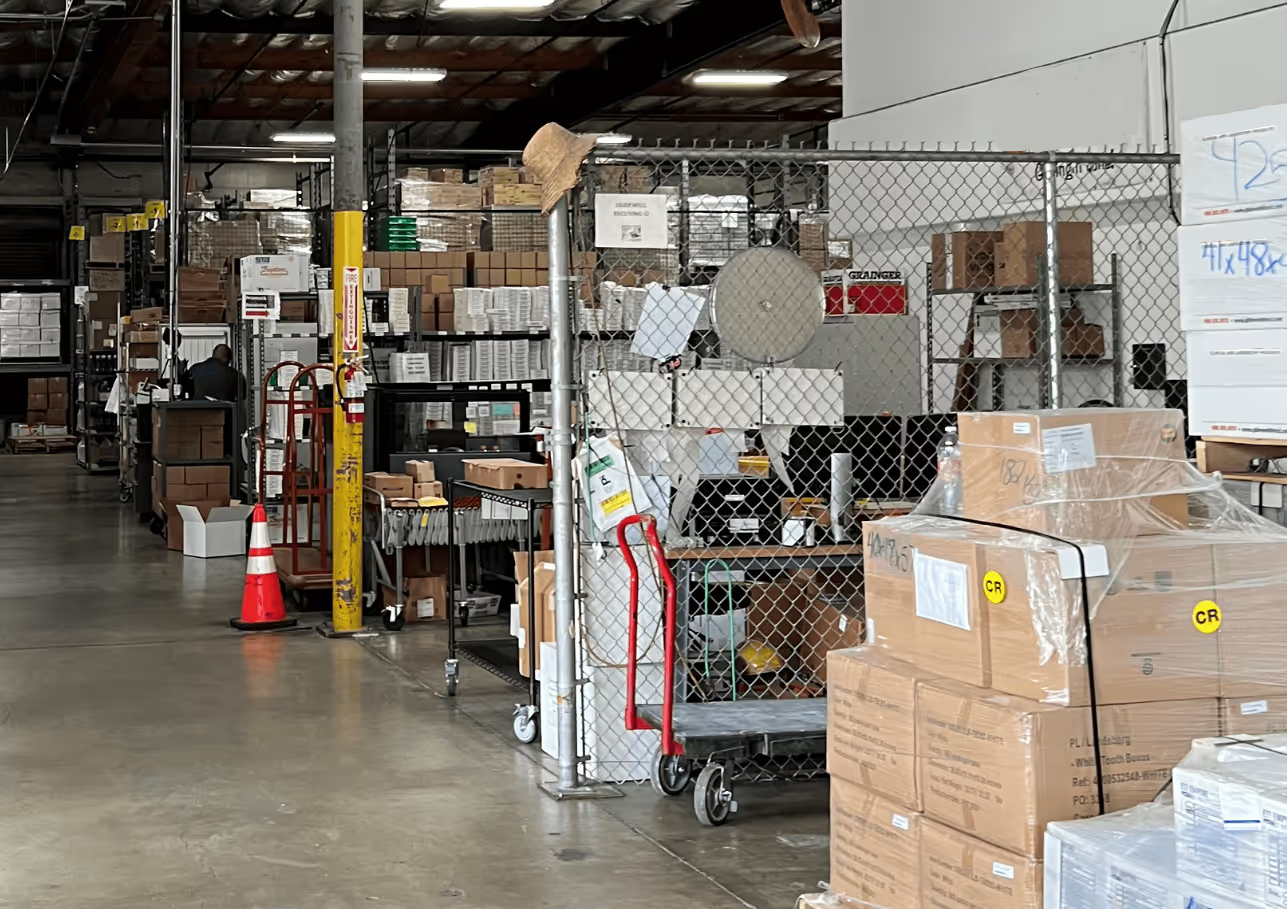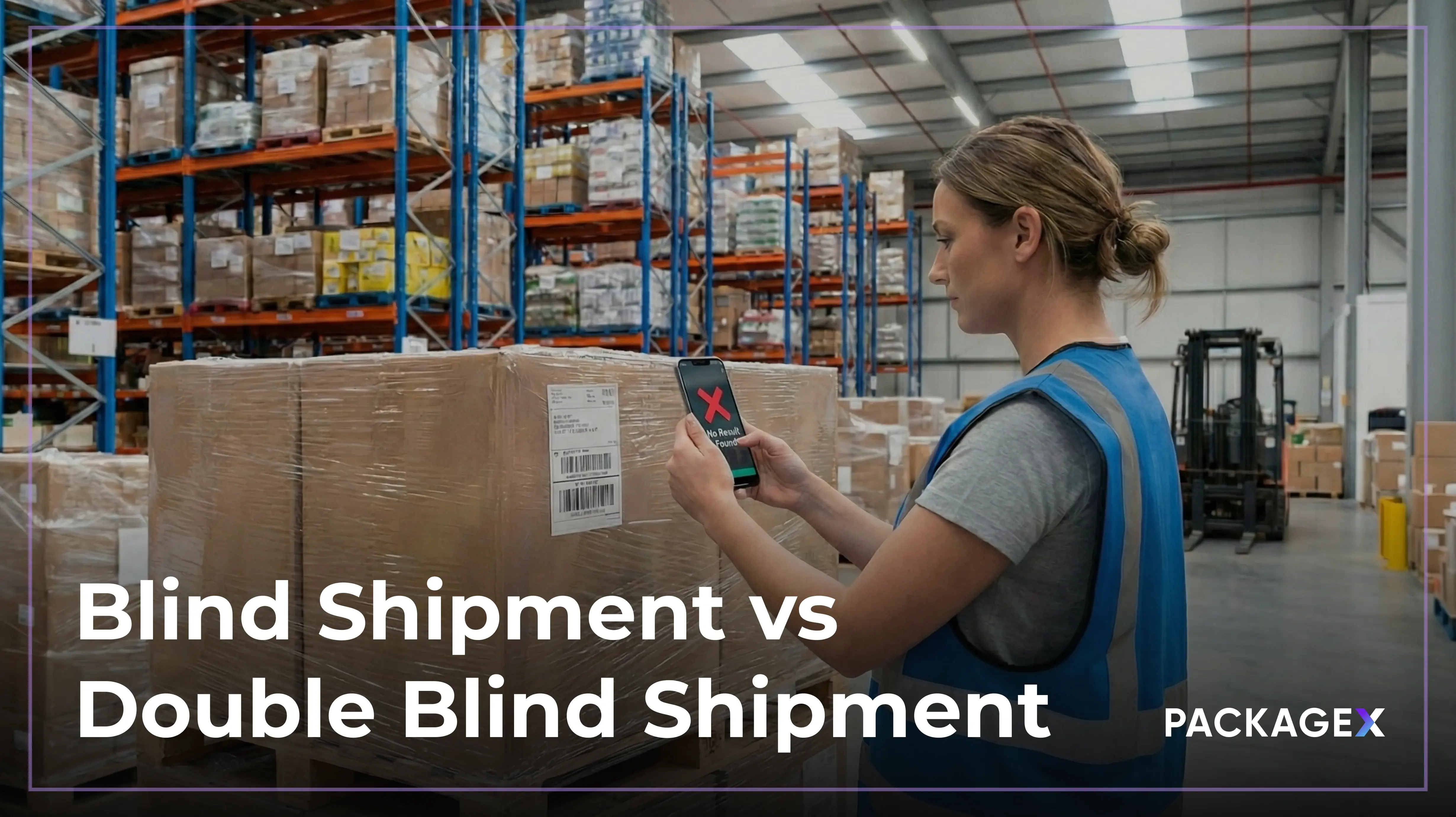Any retail business depends heavily on effective inventory management as a foundational aspect of its operations. Accurately tracking and managing inventory levels can help retailers avoid stockouts, minimize overstocking, reduce costs, and improve shopper satisfaction. However, legacy inventory management methods are time-consuming, error-prone, and do not provide access to real-time visibility into inventory levels. This is where a perpetual inventory system comes into play.
A perpetual inventory system offers real-time visibility into inventory levels, allowing any person, team, office or location to track inventory continuously. This blog will explore the benefits of implementing a perpetual inventory system for retailers and discuss how this system works.
What is a Perpetual Inventory System?
A perpetual inventory system refers to a real-time inventory tracking system that uses technology, such as barcode scanning and RFID, to monitor and update inventory levels continuously. With a perpetual inventory system, retailers can have accurate and up-to-date information on their inventory levels, allowing them to make informed decisions and improve their overall inventory management.
This system provides better efficiency than periodic inventory systems, which require manual counting and updates. A perpetual inventory system is particularly beneficial for eCommerce businesses and retailers with multiple sales and fulfillment channels because it provides accurate stock and inventory levels across all channels.
How Does a Perpetual Inventory System Work?
Here is an overview of how a perpetual inventory system works, broken down into the following functions:
1. Tracks inventory changes - Perpetual inventory systems use technology to track inventory changes across all sales and fulfilment channels in real-time, such as goods received or sold, returns, and damages.
2. Updates cost of sold goods - The system automatically calculates the cost of goods sold (COGS) based on the updated inventory levels and the cost of each item, providing an accurate view of profitability.
3. Adjusts reorder points - Retailers can adjust their reorder points for each product using the data provided by the perpetual inventory system to ensure they never run out of stock.
4. Generates new purchase orders - When inventory levels reach the reorder point, the system automatically generates new orders, which can be sent to suppliers or vendors.
5. Monitors new inventory – The perpetual inventory system updates the inventory levels as new stock arrives, and the warehouse staff scans and adds it to the warehouse management system, providing retailers with a real-time view of their current inventory levels.
Periodic vs. Perpetual Inventory Systems: What's the Difference?
The periodic and perpetual inventory systems are two methods retailers or businesses use to track inventory. Here are three major differences between the two systems:
Benefits of Implementing a Perpetual Inventory System
According to a recent survey conducted by IBM and the Consumer Goods Forum, retailers are increasing their technology budgets significantly. The study found that, on average, retail executives plan to boost their technology spending by 34% over the next 3 years, focusing on areas such as automation, analytics, and artificial intelligence (AI).
This trend towards increased investment in technology highlights the growing importance of efficient and accurate inventory management for retailers. Adopting a perpetual inventory system can be a smart investment for retailers looking to streamline their inventory management processes.
Implementing a perpetual inventory system can provide several benefits for retailers, including:
Real-time inventory tracking
A perpetual inventory system allows retailers to track inventory levels in real-time, giving them an accurate view of inventory levels at any given time and more control over their inventory. This enables retailers to make informed decisions about purchasing, restocking, and sales; effectively avoiding stockouts or overstocking.
Easy inventory management across multiple sales and fulfillment channels
For retailers with multiple locations, managing inventory levels can be challenging. A perpetual inventory system helps by providing a centralized view of inventory across all locations. This enables retailers to quickly identify which products are available at each location and transfer products between locations as needed. With a perpetual inventory system, retailers can manage their inventory more effectively and provide a better shopper experience.
Detailed audit trail for inventory transactions
A perpetual inventory system provides a detailed audit of all inventory transactions, including sales, purchases, and returns. This can help retailers identify any discrepancies in inventory levels and resolve them quickly. In addition, having a detailed audit trail can help them identify fraudulent activity, providing greater security for their inventory and business.
Reduction in costs and time
Implementing a perpetual inventory system can help retailers reduce costs and time associated with inventory management. With real-time inventory tracking, retailers can reduce the time spent manually counting and recording inventory levels. This can free up staff time, allowing them to focus on other important tasks. In addition, a perpetual inventory system can help reduce costs associated with overstocking or stockouts.
Accurate demand forecast
A perpetual inventory system can help retailers forecast demand more accurately. With real-time inventory tracking, retailers can identify which items are selling well and which are not. This can help them decide which products to stock and in what quantities. By forecasting demand more accurately, retailers can optimize their inventory levels and reduce the risk of overstocking or stockouts. It also helps reduce costs and improves profitability for the business.
Which Retailers Should Consider a Perpetual Inventory System?
A perpetual inventory system can be a good fit for retailers looking to improve their inventory management processes and have real-time visibility into their inventory levels. However, some retailers are especially well-suited for a perpetual inventory system due to their specific inventory needs and business models. Here are some examples:
- High-volume retailers: Retailers that sell a high volume of products can benefit from a perpetual inventory system, as it allows them to manage their inventory levels in real-time and avoid stockouts.
- Retailers with multiple locations: Retailers with multiple stores or warehouses can benefit from a perpetual inventory system, enabling them to track their inventory across all locations.
- Retailers with complex inventory needs: Retailers that carry a large and diverse range of products, such as grocery stores or department stores, can benefit from a perpetual inventory system, as it manages the inventory levels for each specific product in real-time.
- eCommerce retailers: eCommerce retailers are good fits for a perpetual inventory system. It allows them to manage their inventory levels across multiple channels (such as online and physical stores) in omnichannel retail fulfillment.
- Retailers with seasonal inventory: Retailers that carry seasonal products can also opt for a perpetual inventory system because it manages the inventory levels for each season in real-time and avoids overstocking or stockouts.
{{returns-webinar}}
How Can PackageX Optimize Inventory Management for Retailers?
Effective inventory management is critical for the success of any retail business. With PackageX's inventory management software, retailers can optimize their inventory management processes, ensuring accurate inventory counts, efficient order fulfillment, and improved shopper satisfaction. With features such as digital manifests, real-time inventory tracking, and inventory scanning with an OCR-powered app, PackageX provides retailers the tools they need to manage their inventory across multiple locations and improve their bottom line. Whether you're a small eCommerce business or a large retail chain, PackageX's inventory management solution can help you streamline your operations, reduce costs, and stay ahead of the competition.
Conclusion
Implementing a perpetual inventory system is a smart move for retailers looking to streamline their inventory management operations and stay ahead of the competition. A perpetual inventory system can help retailers reduce costs, improve efficiency, and provide better customer service by providing real-time inventory tracking, accurate record-keeping, and improved demand forecasting. It can also help manage multiple locations quickly, provide a clear audit trail for inventory transactions, and ultimately lead to increased profitability.


_.webp)

